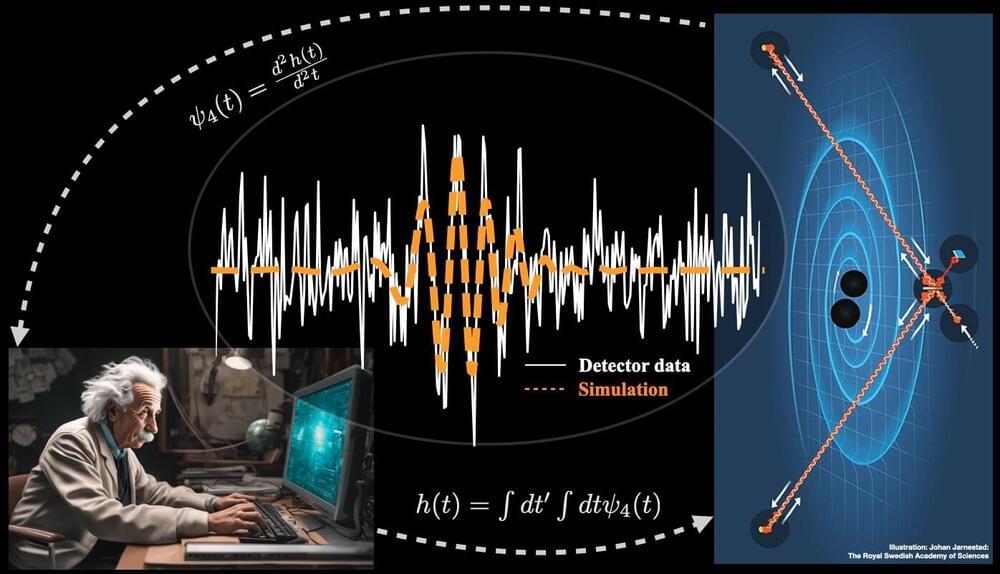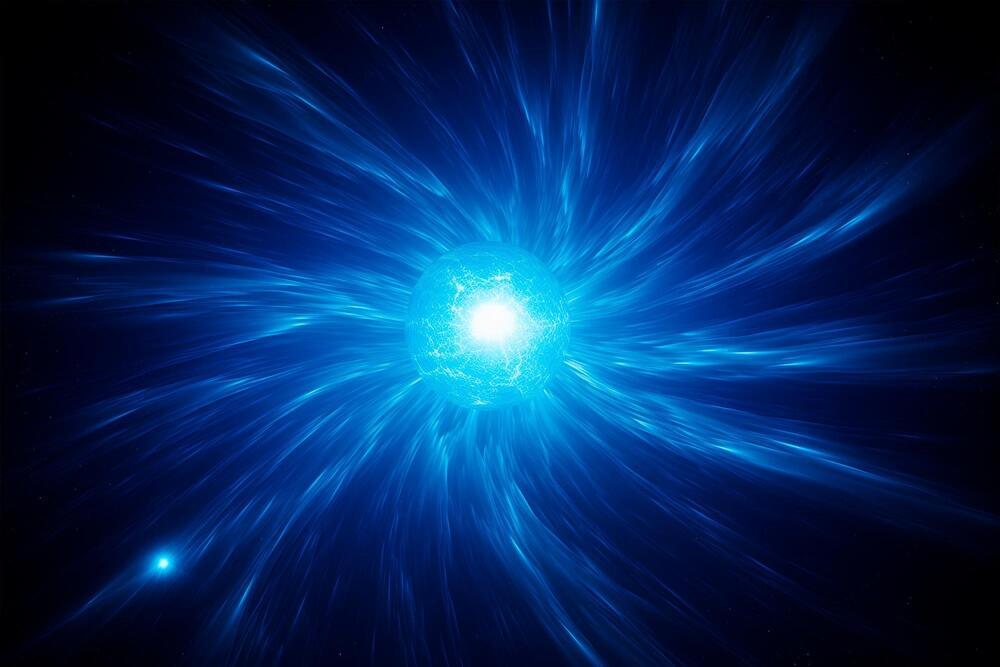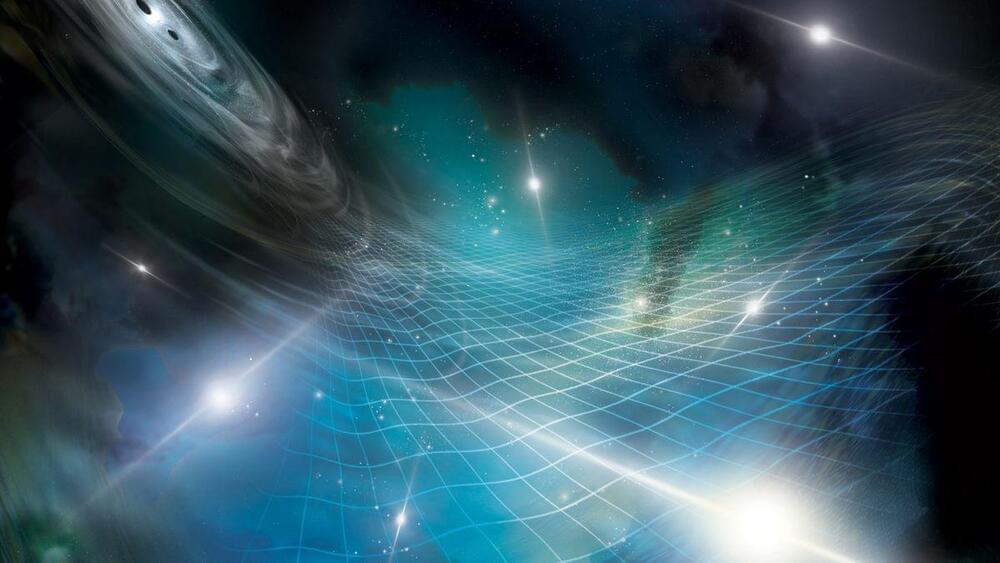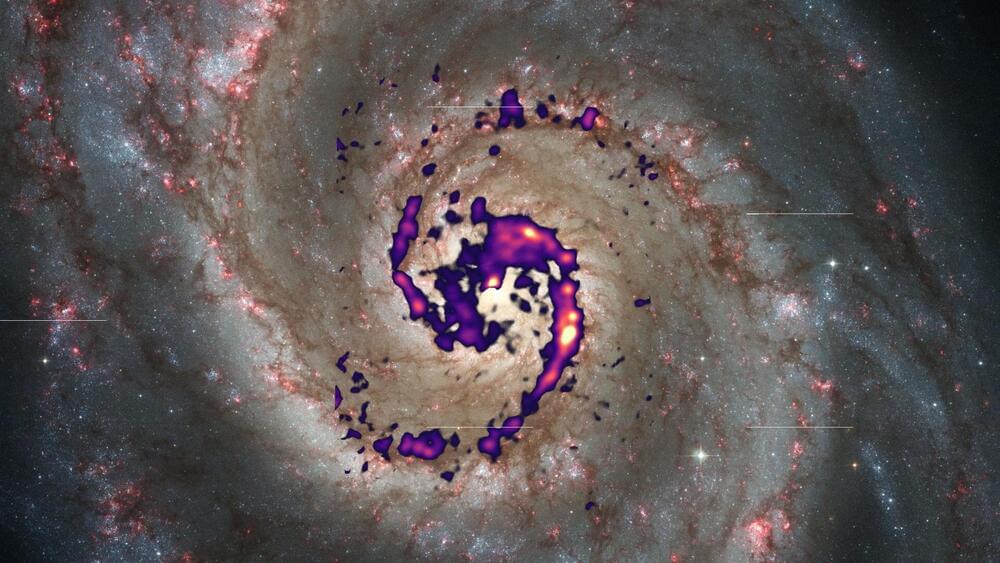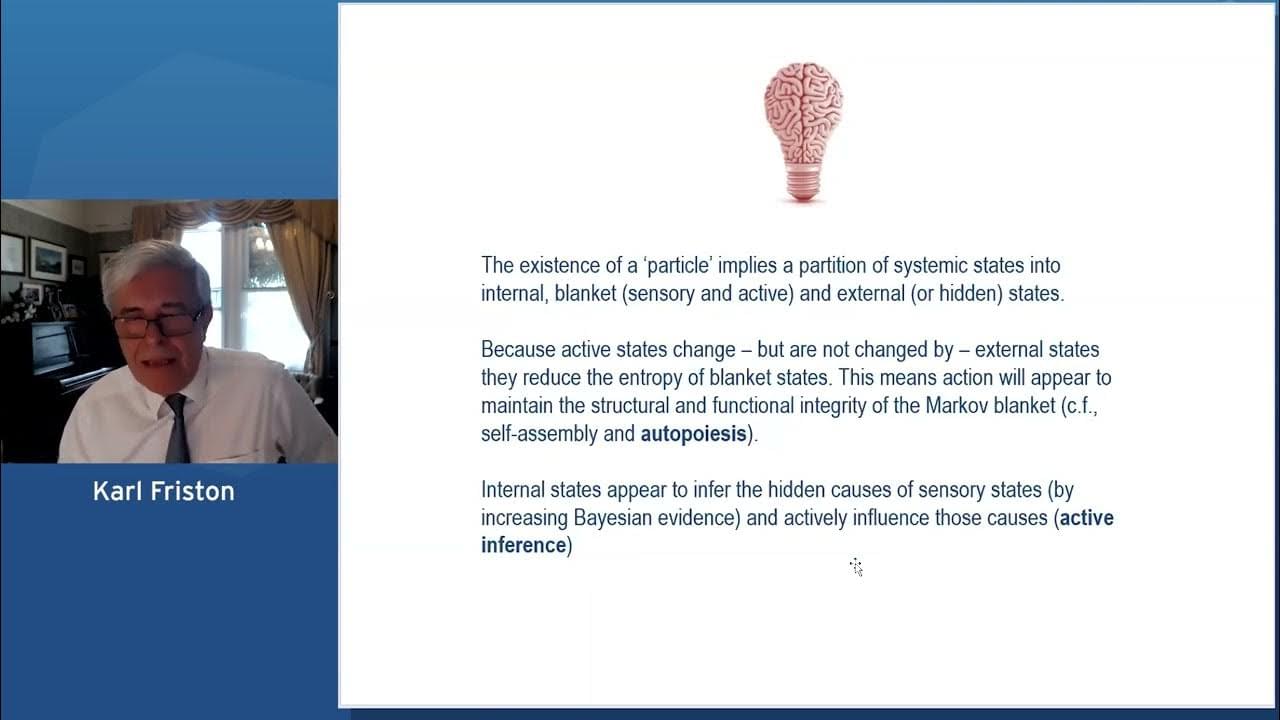Jan 8, 2024
Scientists flip around gravitational-wave data analysis: Have LIGO and Virgo detected a merger of dark-matter stars?
Posted by Cecile G. Tamura in categories: cosmology, physics
Thanks to the LIGO and Virgo detectors, researchers now regularly observe ripples in spacetime known as gravitational waves, which are caused by catastrophic cosmic events such as black-hole mergers, star explosions, or the big bang itself.
Gravitational waves are ripples in the fabric of spacetime that travel at the speed of light. These are produced in some of the most violent events in the universe, such as black-hole mergers, supernovae, or the Big Bang itself. Since their first detection in 2015, and after three observing runs, the Advanced LIGO and Virgo detectors have detected around 100 such waves.
Thanks to these observations, we are starting to unveil the black-hole population of our universe, study gravity in its most extreme regime and even determine the formation of elements like gold or platinum during the merger of neutron stars.
